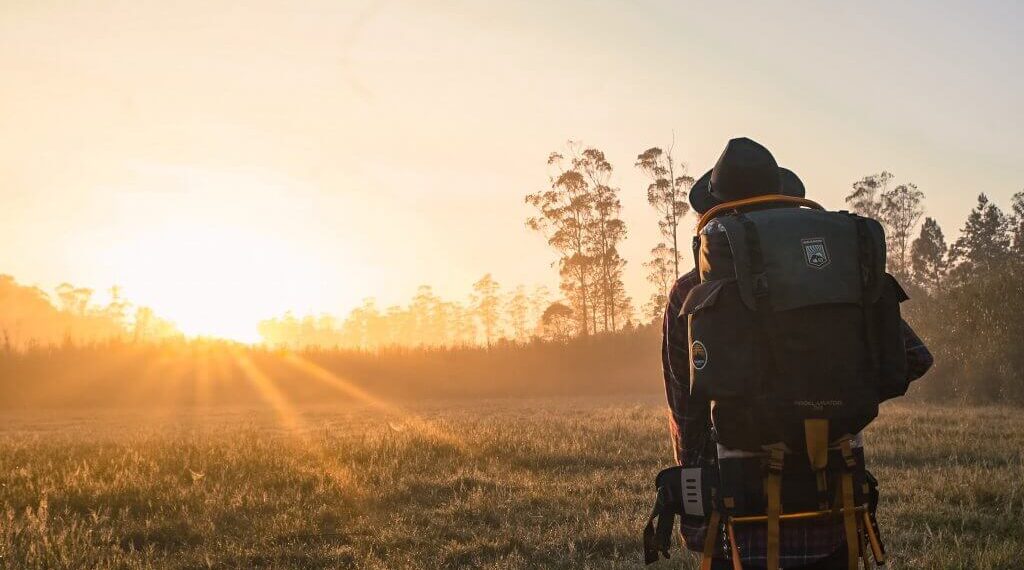Navigating Seasonal Travel: Understanding Climate Patterns and Their Impact
Understanding climate patterns is crucial for planning enjoyable and safe travels, ensuring preparedness for regional weather variations and potential disruptions.
1. Climate Zones and Travel Destinations
Different regions experience distinct climate patterns. Tropical zones, like Southeast Asia, often have wet and dry seasons, impacting accessibility and activities. Temperate zones, such as Europe and North America, showcase four distinct seasons, each offering unique travel experiences but also requiring specific clothing and preparation. Polar regions, like Antarctica and the Arctic, present extreme cold and limited travel windows. Understanding these zones helps travelers choose destinations and pack appropriately.
2. Impact of Climate Change on Travel
Climate change is altering traditional weather patterns, leading to more unpredictable and extreme weather events. This can result in travel disruptions, such as flight cancellations due to storms, road closures due to flooding, and heatwaves impacting outdoor activities. Rising sea levels also threaten coastal destinations. Travelers should stay informed about potential climate-related risks and consider travel insurance that covers disruptions caused by extreme weather.
3. Preparing for Seasonal Weather
Thorough research on seasonal weather conditions is essential. For example, monsoon season in India can bring heavy rainfall and flooding, while hurricane season in the Caribbean can cause significant damage. Checking weather forecasts regularly before and during travel is crucial. Packing appropriate clothing, such as rain gear for wet seasons or lightweight, breathable fabrics for hot climates, ensures comfort and safety.
4. Sustainable Travel Considerations
Travelers can minimize their environmental impact by making sustainable choices. Opting for eco-friendly accommodations, using public transportation, and supporting local businesses are all ways to reduce carbon footprint. Consider offsetting carbon emissions from flights and choosing destinations that prioritize environmental conservation. Responsible travel helps preserve the natural beauty of destinations for future generations.
Packing Smart: Adapting Your Travel Gear to Diverse Climate Zones
Traveling smart involves more than just booking flights; it’s about preparing for the climate challenges that await. Thoughtful packing ensures comfort, safety, and the ability to fully enjoy your destination, no matter the weather.
1. Layering is Key
Adaptability is crucial, and layering provides just that. Instead of relying on bulky items, pack lightweight layers that can be added or removed as temperatures fluctuate. A moisture-wicking base layer, an insulating mid-layer (like fleece or a lightweight down jacket), and a waterproof, windproof outer shell offer versatile protection against various weather conditions. This approach allows for easy adjustment, ensuring comfort in both warm and cold environments.
2. Footwear Matters
Choosing the right footwear is paramount. Consider the activities you’ll be engaging in and the terrain you’ll be encountering. For urban exploration, comfortable walking shoes are essential. If hiking is on the agenda, invest in sturdy hiking boots with good ankle support. Don’t forget to pack appropriate socks – moisture-wicking socks can prevent blisters and keep your feet dry and comfortable.
3. Climate-Specific Accessories
Accessories play a significant role in climate adaptation. For sunny destinations, pack sunglasses with UV protection, a wide-brimmed hat, and sunscreen with a high SPF. In colder climates, gloves, a warm hat, and a scarf are essential for protecting against frostbite. Consider packing a reusable water bottle to stay hydrated, regardless of the climate.
4. Technical Fabrics for Comfort
Opt for clothing made from technical fabrics that offer moisture-wicking, quick-drying, and breathable properties. These fabrics are designed to regulate body temperature and keep you comfortable in a range of conditions. Avoid cotton, which retains moisture and can lead to discomfort in both hot and cold weather. Look for materials like merino wool or synthetic blends.
Altitude Adjustment: Physiological Effects and How to Manage Them
Traveling to high altitudes can present unique challenges to the body as it adapts to lower oxygen levels. Understanding these physiological effects and implementing proper management strategies is crucial for a safe and enjoyable trip.
| Altitude (meters) | Oxygen Saturation (%) | Common Symptoms | Recommended Acclimatization Time |
| 1500-2500 | 92-95 | Mild headache, shortness of breath during exertion | 1-2 days |
| 2500-3500 | 85-92 | Headache, fatigue, nausea, dizziness | 2-3 days |
| 3500-5500 | 75-85 | Severe headache, vomiting, loss of coordination, HAPE/HACE risk | 3-7 days or more |
| Above 5500 | Below 75 | Very high risk of severe altitude sickness, immediate descent required | Not recommended without extensive acclimatization |
Data source: Wilderness Medical Society, 2024
1. The Body’s Response to Altitude
At higher altitudes, the air pressure decreases, resulting in lower oxygen availability. The body responds by increasing heart rate and breathing rate to compensate for the reduced oxygen. This can lead to symptoms like shortness of breath, especially during physical activity. The kidneys also start producing more erythropoietin (EPO), which stimulates the production of red blood cells to improve oxygen carrying capacity, a process that takes several days to complete.
2. Common Symptoms of Altitude Sickness
Altitude sickness, also known as acute mountain sickness (AMS), can manifest in various ways. Mild symptoms include headache, fatigue, nausea, dizziness, and loss of appetite. More severe symptoms can progress to high-altitude pulmonary edema (HAPE), where fluid accumulates in the lungs, or high-altitude cerebral edema (HACE), which involves swelling of the brain. Recognizing these symptoms early is crucial for preventing serious complications.
3. Acclimatization Strategies
Gradual ascent is the most effective way to acclimatize to high altitude. Experts recommend ascending no more than 300-500 meters (1000-1600 feet) per day above 2500 meters (8000 feet). Spending a rest day at the same altitude every few days allows the body to adjust. Staying hydrated and avoiding alcohol and sedatives can also aid acclimatization.
4. Medications for Altitude Sickness
Acetazolamide (Diamox) is a medication that can help accelerate acclimatization by increasing the rate of respiration and helping the body to excrete bicarbonate, which makes the blood more acidic and stimulates breathing. It’s typically started one to two days before ascent. Over-the-counter pain relievers like ibuprofen or acetaminophen can help manage headaches. In severe cases of HAPE or HACE, immediate descent and supplemental oxygen are necessary.
Q&A
Question 1: What are the key factors to consider when planning international travel during different seasons, and how does climate change impact these considerations?
Answer: Planning seasonal travel requires understanding regional climate patterns (tropical, temperate, polar) and their impact on accessibility and activities. Climate change introduces unpredictable extreme weather (storms, floods, heatwaves), necessitating travel insurance covering weather-related disruptions and informed risk assessment. Thorough research on seasonal weather (monsoon season, hurricane season) and regular weather forecast checks are crucial for safe and enjoyable trips.
Question 2: How can travelers pack efficiently and comfortably for diverse climate zones, and what role do fabrics and footwear play in this process?
Answer: Efficient packing involves layering clothing (moisture-wicking base layer, insulating mid-layer, waterproof outer shell) for adaptability. Footwear choice depends on planned activities (walking shoes for urban exploration, hiking boots for trails). Climate-specific accessories (sunglasses, hats, sunscreen for sunny destinations; gloves, warm hats, scarves for cold climates) are essential. Prioritize technical fabrics (merino wool, synthetic blends) that are moisture-wicking, quick-drying, and breathable over cotton.
Question 3: What specific strategies are recommended for preparing for and managing extreme weather events during travel, and what resources can aid in this process?
Answer: Pre-trip research into typical weather patterns and potential extreme events (heatwaves, hurricanes, blizzards, wildfires) is crucial. Packing should include items for protection against specific hazards (sunscreen, waterproof gear, warm layers). Staying informed during the trip involves regular weather checks, heeding warnings from local authorities, and having backup plans for disruptions. Resources like the National Weather Service and NOAA provide valuable data and alerts.






